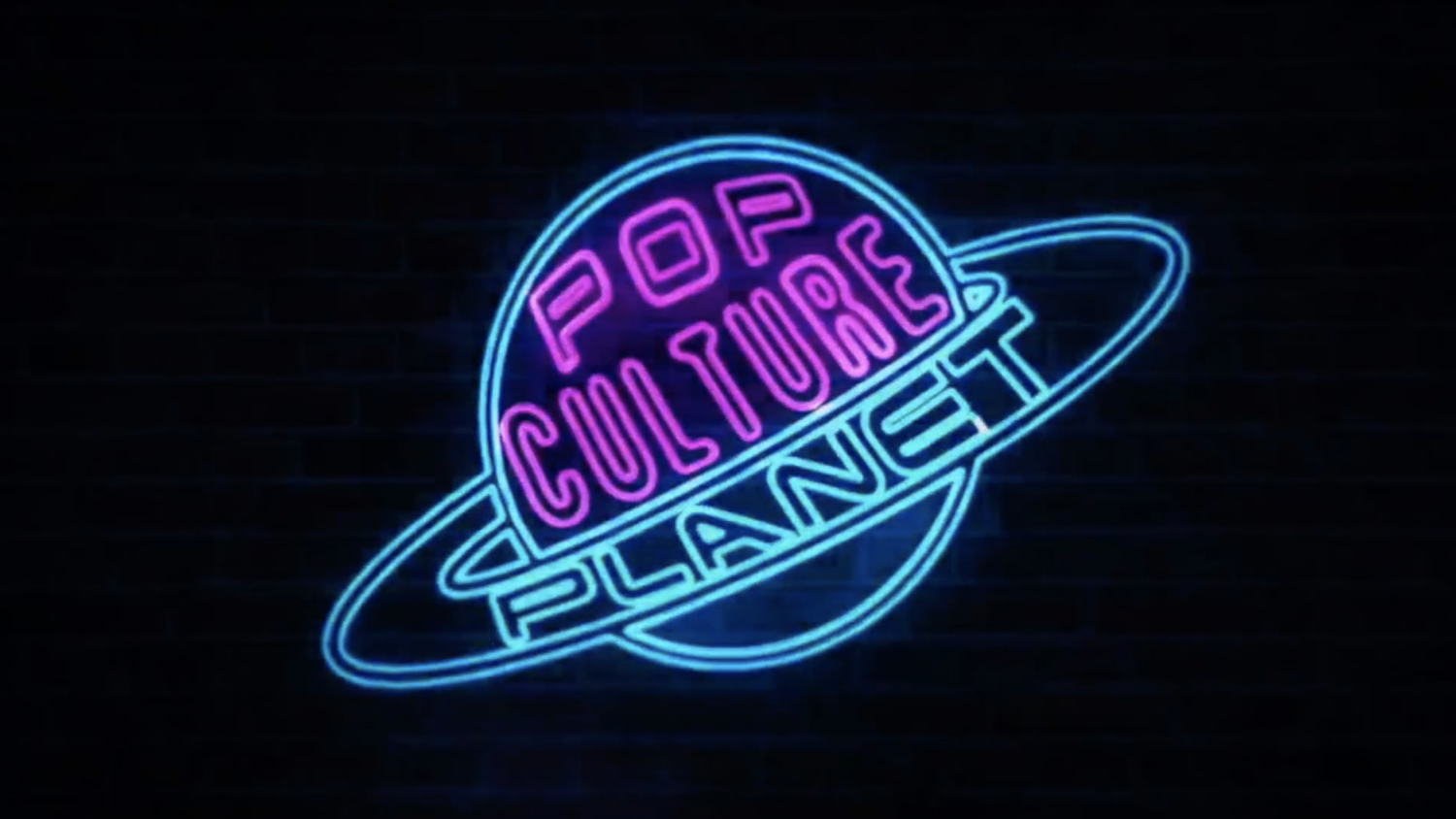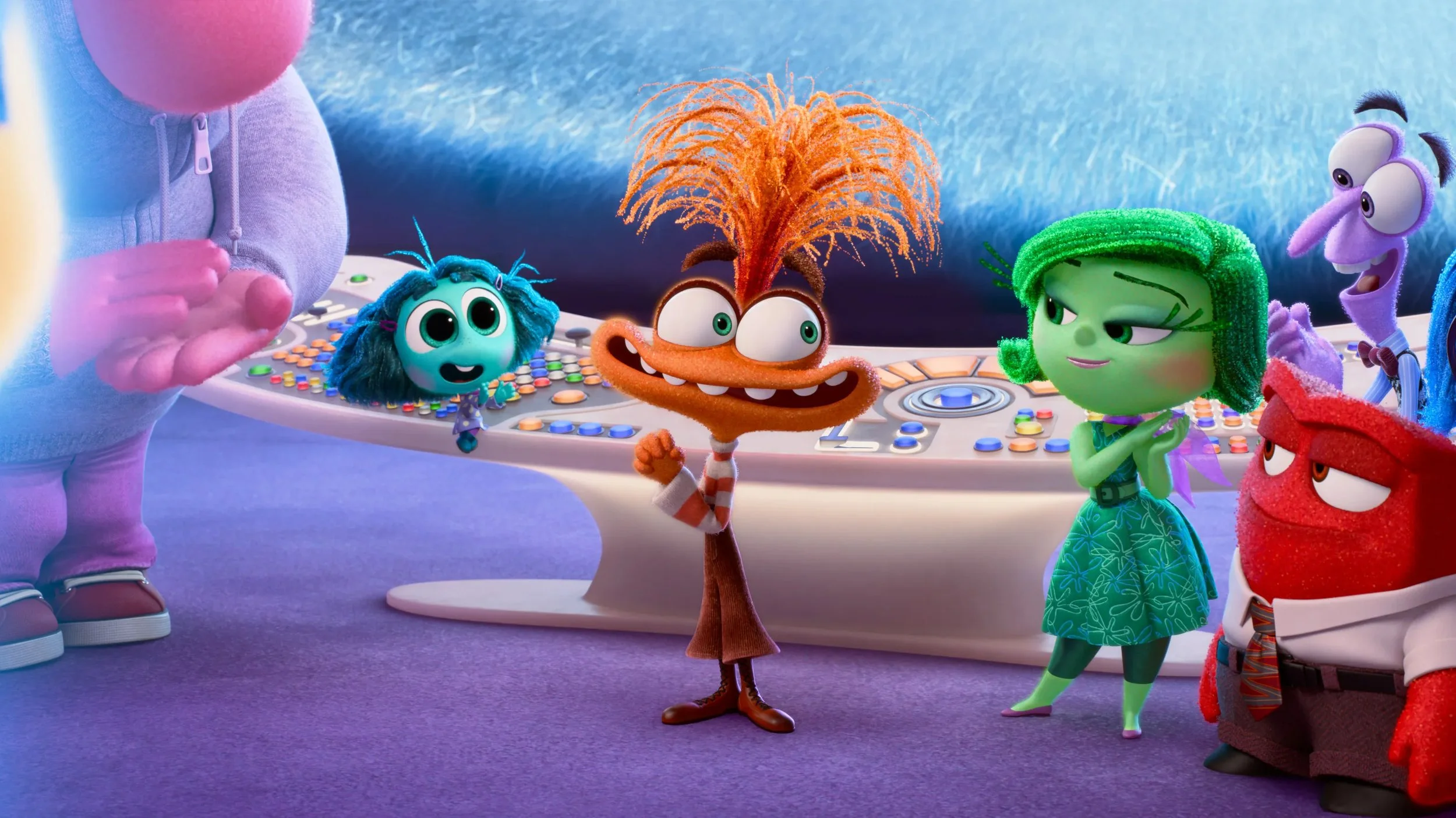Inside Out 2 Creatives Reveal The Journey Through Riley’s Teenage Mind and The Emotions That Shape Us
As the sequel to the beloved animated film Inside Out, Pixar’s Inside Out 2 dives into the turbulence of Riley’s teenage years, introducing new emotions and challenges that resonate universally. The story picks up as Riley navigates the growing pains of adolescence, facing heightened self-consciousness, shifting social dynamics, and the ever-present trials of fitting in. In a virtual press conference, director Kelsey Mann and executive producer Pete Docter shared insights into the making of the film, revealing the heart and science that drive this continuation of Riley’s story.
While the first film explored childhood emotions with clarity, Mann emphasized the unique complexity of teenage years. “At this age, you become incredibly self-conscious. You know, [these] all the emotions that compare you to others when you're a kid,” said Mann. “You're just kind of more in your own world.” Drawing inspiration from his own experience as a parent of teens, Mann says the characters have a kind of parental relationship with Riley. “They're there to take care of her and protect her,” he explained.
Mann also highlighted the scientific research that informed the story, referencing collaborations with Dr. Dacher Keltner, a psychology professor at the University of California, Berkeley, and Dr. Lisa Damour, a clinical psychologist. This foundation informed not just the story but also key visual elements, such as the minds evolving infrastructure.
A standout element of Inside Out 2 is its nuanced portrayal of anxiety. Mann describes anxiety as both a protective force and a disruptive one. The character’s motivations, though initially unclear to him, were revealed after a meeting with Dr. Damour. “It's really there to protect us, but she can go too far in that protection. So we're like, okay, let's switch it so that anxiety loves Riley just as much as Joy does,” said Mann. “But they're both going about protecting her in the wrong way. They're two parents. They're arguing over how to best take care of their child.”
This duality creates tension in the film while offering an authentic depiction of how anxiety manifests, particularly in teenagers. “I remember [Lisa] saying, like, people think we need to eradicate anxiety. That's wrong. Anxiety is like 90% good, which is not how we think of it,” said Docter. “And so we certainly tried to embrace that idea that she means well, just like Joy. She wants to protect Riley. She's planning for the future.” Striking the right tone for younger audiences was a careful process, involving iterative screenings to ensure the depiction felt both relatable and appropriate.
Returning to the mindscape gave the filmmakers an opportunity to delve deeper into the personalities of core emotions like Joy and Anger, while also introducing new characters to reflects Riley’s growth. “We wanted to explore other facets of the characters that we weren’t really able to in the first,” Doctor shared. “We had to be very clear and consistent. Joy is happy and Anger is angry. So to be able to have Joy get pissed off or Anger show sensitivity and emotion or vulnerability, it was just really cool to explore.”
The film’s narrative also reflects the challenges of fitting in, a theme central to Riley's teenage journey. “You’re shifting from being taken care of to taking care of yourself,” Mann said. “I drew a giant friendship island and a tiny family island… It’s the truth of it.” This evolution plays out as Riley navigates the pressure of a new social environment, grappling with the universal fear of not belonging.
For Mann, ensuring Inside Out 2 felt fresh while honoring its predecessor was paramount. “One of the biggest things I learned is you want to open up new doors in the world that you didn't even know were there either,” shared Mann, revealing the best advice he got early on was from one of the writers for the film Andrew Stanton, “‘The sooner you treat this film as an original the better off you’re going to be.’ That really resonated with me from what I learned from doing past films.” This idea guided the team to expand the story’s scope, capturing the change and growth inherent to adolescence.
From its depiction of anxiety to its exploration of fitting in Inside Out 2 continues Pixar’s tradition of pairing emotional resonance with imaginative storytelling. “There's something so powerful, I've learned, to be incredibly vulnerable. I think you have to be that way to do any movie,” Mann reflected. “There's a sense of vulnerability because you're speaking about something very real that hopefully people can relate to.”
“A big part of dealing with these emotions is actually just talking about them and naming them. We get to do that with this world. We not only get to name them, but we actually get to give them a face and there's something so therapeutic about it,” Mann continued. “I think that's what a lot of people have responded to.”
Discover the next chapter of Riley’s emotional journey in Inside Out 2, now streaming on Disney+.






